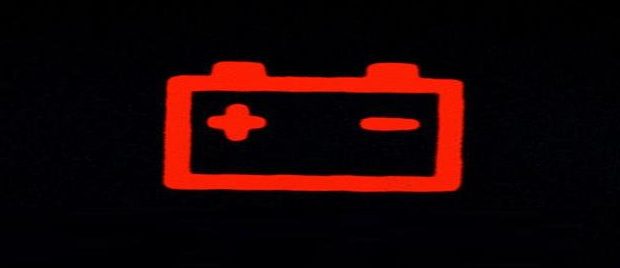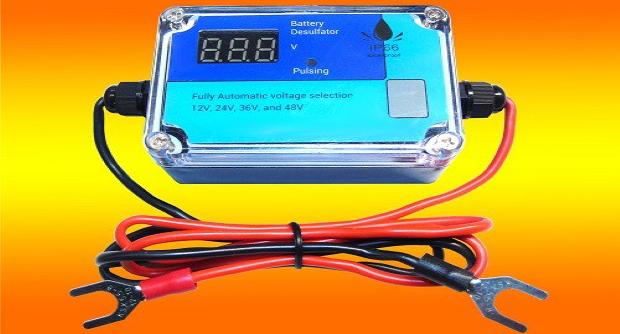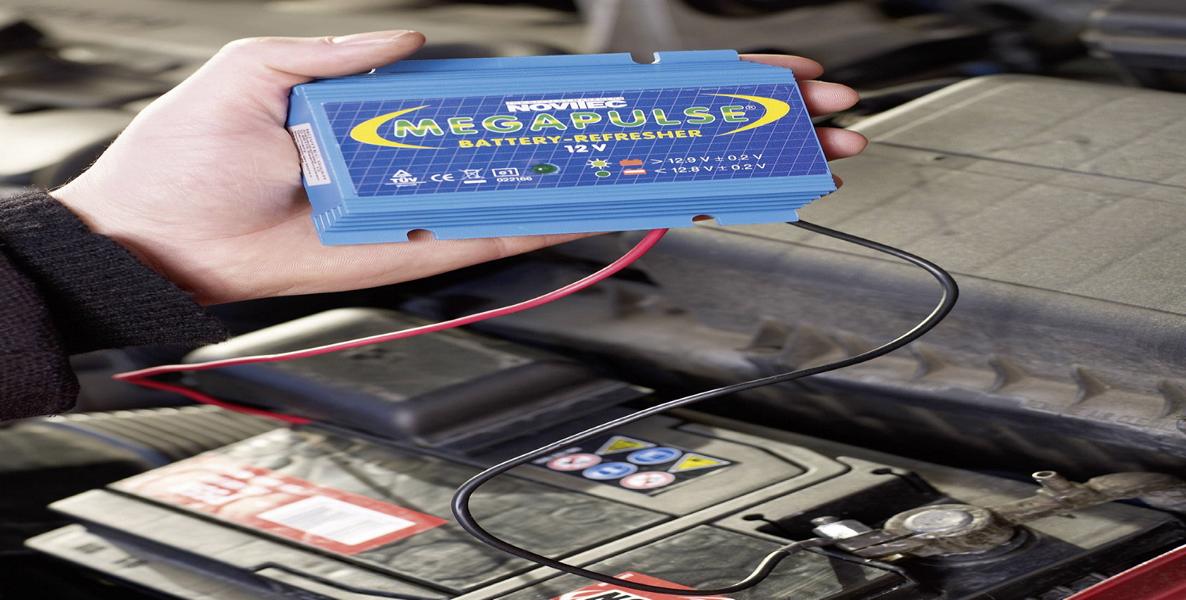Recently updated on March 1, 2022 at 08:52 am
Which car driver doesn't know when they car battery gives up her ghost. The first thing to think about is that To change the battery. But this is not always necessary. With a Battery pulse, with a little luck you might be able to get the car battery going again. Due to modern progress in the automotive industry, a car battery accomplish a lot today. Seat heaters or navigation devices consume a lot of electricity. It is therefore not surprising if the car battery no longer lasts as long as it used to be. She helps during the journey alternatorto supply the battery with sufficient power. But what happens when the car journeys are very short? Then can not for sufficient power supply to be taken care of. Due to the short distances, the battery is damaged, which then leads to you at some point in the car just stays there. That something like this does not happen, you can take precautions.
Battery pulsers “can” save the battery
A battery pulse is very helpful here and ensures that a breath of fresh air comes back into the car battery. A battery pulse is a small device that is connected to the plus and minus pole of the battery. This device gives out at certain intervals Current pulses which brings the battery back into shape. It is important to mention that the battery pulser does not have a charger or battery monitor is, rather he ensures that the damaged battery possibly can be charged again. Almost all car batteries are made up of Lead-acid batteries with Lead plates in a sulfuric acid mixture. When the battery is discharged, sulfate crystals are formed, which can be found in a charging again dissolve. However, if the battery is not fully charged, these crystals will deposit and damage will result. At some point I'll leave the battery no longer load and then you might think about replacing the battery.
Battery pulse prevents sulfation
With the battery pulser a lot can be prevented and the sulfation that occurs when the battery is not fully charged can perhaps be completely dissolved. Through the process, the battery can and is recharged functional again. It is therefore not necessary to replace the battery. The battery pulser can not only be used when the battery has completely stopped working, but you can also use this device permanently to the battery connect to prevent major damage. A permanent assembly arises no sulphate deposition. And the device can actually be used with any commercially available vehicle battery. And with the battery pulser you also protect the environment. Because if you immediately dispose of a battery without getting it to work again, toxic waste is created. This can be prevented by using the battery pulse to make the existing battery chargeable again. In this way you are doing something good for the environment and also save money.
We hope that you have received our information report on the topic / term Battery pulse (Further designations / keywords are: battery activator, battery refresher, lead-acid refresher, desulfator, desulfator, refresher, regenerator) from the Autotuning category. Our goal is to have the largest German-speaking tuning lexicon (Tuning Wikipedia) and to explain tuning technical terms from A to Z easily and understandably. We are therefore expanding this lexicon almost daily and you can see how far we have already come HERE see. And soon the next one will be Tuning scene concept illuminated by us. There's a theme that not can be found in our Wikipedia? Then send us an email at [email protected] and gives us the term. We will write a suitable article as soon as possible. PS. By the way, you will be informed about new topics if you have ours Feed subscriber.
Summary information to check the car battery:
- Check the battery with a voltmeter
- Switch off the ignition
– Remove the connection protection from the positive pole of the battery (clean the battery poles if necessary)
– Connect the positive cable from the voltmeter to the positive pole of the battery (the positive cable on the voltmeter is usually red)
– connect the negative cable of the voltmeter to the negative terminal of the battery
– Voltage should be between 12,4 and 12,7 volts
– Reading below 12,4V means the battery needs to be charged
– Charge the battery to “trickle charge” (then check again)
– Values above 12,9 V indicate excess voltage (remove the excess surface charge using high beams, heated seats, etc.) - an overvoltage can be an indication that the alternator is overcharging the battery
- Check the battery with a test lamp
- Switch off the ignition
– Remove the connection protection from the positive pole of the battery (clean the battery poles if necessary)
– Connect the positive cable of the test lamp to the positive pole of the battery (the positive cable of the test lamp is usually red)
– Connect the negative cable of the test lamp to the negative pole of the battery
– Hold the tip of the test lamp to the positive pole of the battery
– Read the voltage display on the test lamp - the voltage should be between 12,4 and 12,7 volts
– Reading below 12,4V means the battery needs to be charged - Check the battery by starting the engine
– Start the engine (turn the ignition key until the starter turns on)
- Hold for two seconds
– A second person checks the battery voltage drop
– Check the display on the test lamp at the time of starting
– the value should not fall below 9,6 V
– if this is the case, the battery will sulphate and will not hold any voltage - Info: Never short-circuit battery poles. Severe burns, damage to the poles and even a hydrogen gas explosion can occur.
What do you have to pay attention to so that the battery survives the winter well? What do you have to do to avoid a nasty surprise in the morning at low temperatures? Our information report on "Avoid these mistakes and the car battery will survive' sheds some light on this. (Back to overview)
Below are a few examples from our tuning lexicon:
But of course tuningblog has countless other articles on the subject of cars & car tuning in stock. Do you want to see them all? Just click HERE and look around. We would also like to provide you with news aside from the tuning. In our category Tips, products, information & Co we pick up contributions from car or accessory manufacturers. And also our category Test sites, laws, offenses, information has almost daily new information for you. Here are a few topics from our tuning wiki:
|
Out and about in the Golf with +700 hp every day? Then it's a daily driver! |
"Tuningblog.eu" - we keep you up to date on the subject of car tuning and car styling with our tuning magazine and we present you the latest tuned vehicles from all over the world every day. It's best to subscribe to ours Feed and will automatically be informed as soon as there is something new about this post, and of course also to all other contributions.
 tuningblog.eu Your magazine about tuning the car
tuningblog.eu Your magazine about tuning the car





